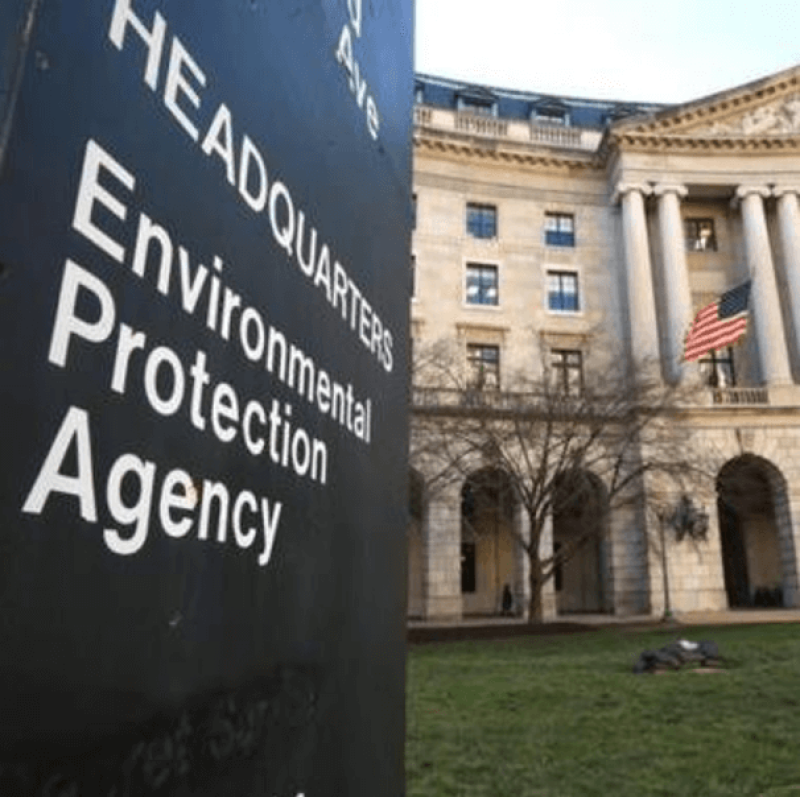The US Environmental Protection Agency is changing how it evaluates the risks of pesticides to endangered species. Rather than rely on estimates of pesticide use based on maximum allowed values, the agency will use actual data that reflect how much of a given pesticide has been applied in a particular area.
Such data, however, are not available for all areas. Environmental groups claim that the updated method, released on March 12, will underestimate risks to endangered species because it excludes large geographical areas where there are data gaps. They also argue that the approach ignores the downstream effects of pesticides that run off into waterways and indirect effects, such as the loss of insect pollinators that feed on endangered plants.
In contrast, the pesticide industry welcomes the new approach. “Pesticide usage data is an important part of this revised method and represents a major step forward by EPA to use the best scientific and commercial data available,” Chris Novak, CEO of CropLife America, which represents pesticide manufacturers, says in a statement.































